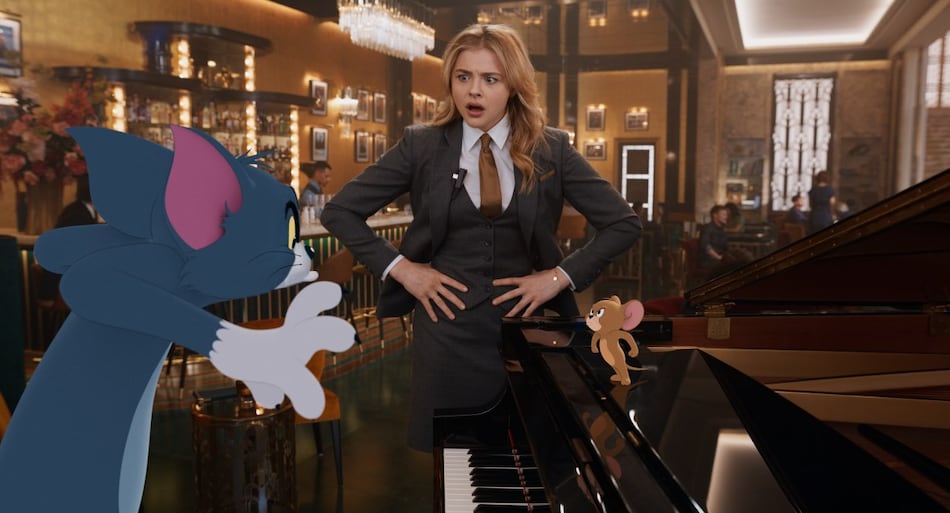Coming 2 America
Posted on March 4, 2021 at 5:51 pm
B-| Lowest Recommended Age: | High School |
| MPAA Rating: | Rated PG-13 for crude and sexual content, language, and drug content |
| Profanity: | Strong and crude language |
| Alcohol/ Drugs: | Alcohol and drugs |
| Violence/ Scariness: | Threats of violence, guns seen but not used, martial arts combat |
| Diversity Issues: | A theme of the movie, but transphobic humor |
| Date Released to Theaters: | March 5, 2021 |

I’ve got nothing against fan service, content created just for people who are already devoted to the characters or stories or performers. But it is fair to ask whether it can be more than that, or if it is even trying for more than that. “Coming 2 America” looks like its primary priority was a fun project, with the secondary side benefit of pleasing the fans and making some money. It’s lazy but pleasant and occasionally funny even if you don’t appreciate all of the inside jokes. In other words, by pandemic standards, it’s a mildly entertaining watch.
“Coming 2 America” is made 33 years after the original film starring Eddie Murphy as Akeem, an African prince from the fictional and idyllic country of Zamunda, who goes to New York to find a bride. In “Coming 2 America,” Murphy and many of his co-stars return. Akeem is happily married to the woman he brought back from Queens, Lisa (again played by Shari Headley), and they have three daughters. Lisa’s father, Cleo McDowell (again played by John Amos) has moved his fast food restaurant to Zamunda and is still insisting it is not a rip-off of McDonald’s.
But Akeem’s father, the king (James Earl Jones) is dying, and Akeem’s daughters cannot inherit the throne because Zamudan law and tradition requires a male heir. And the king is not above suggesting that fathering daughters is an indication of Akeem’s lack of manliness. The daughters have warrior training and are loving, thoughtful young women who care deeply for their country. But they cannot inherit the throne. General Izzi (Wesley Snipes), who heads the neighboring country of Nextdoria (this name gives you some idea of the level of humor in the film), wants Akeem’s oldest daughter to marry his nephew, to unite the two countries. Her new husband would become king.
Akeem discovers that when he was in Queens, in a one-time encounter he has no memory of (because it did not exist in the original film, but let’s just ret-con it into being), he fathered a son. And he decides to go back to Queens to bring that son back to take over as heir to the throne.
All of which is just an excuse for a lot of references to the first film, not just meeting up with many of the characters played then and now by Murphy and Arsenio Hall as Akeem’s sidekick, Semmi. That means we see updated versions of the guys at the barber shop (both the barbers and the elderly white alte kackers and the preacher for hire, and more. It also means we get an entirely unnecessary recap of the original film, inserted as filler, and even more unnecessary references to other Murphy films for which additional unnecessary sequels are apparently underway. It’s the MCU (Murphy Cinematic Universe)!
Akeem’s son is Lavelle Junson (Jermaine Fowler), who agrees to go to Zamunda, bringing his mother, played by the redoubtable Leslie Jones. Will he be able to pass the “prince test?” Will Akeem’s daughter get over her resentment? How about her mother? Will Lavelle agree to marry General Izzi’s compliant and extremely beautiful and limber daughter?
You know the answer to that as well as you know that there will be a lot of silly stuff along the way, including some very crude humor and vulgar language for a PG-13, and some outtakes over the end credits (stay all the way to the end). It’s all done with good humor and panache. If the energy behind the fabulous Ruth Carter costumes and choreography by Fatima Robinson are in sharp contrast to the “let’s do it in one take” vibe of Murphy’s performance (presumably the obviousness of the insertion of the stunt double was intended to be funny), and the “let’s not think too hard about the plot” (really? Girls can’t inherit the throne? Date rape? A trans joke in 2021?) the movie’s unequivocal endorsement of true love based in respect and friendship (and of the ability of women to fill any role that appeals to them) makes it easy to overlook its failings.
Parents should know that this movie has martial arts combat and guns are shown but not used. Characters drink and get drunk and smoke marijuana. There is extended crude humor and language, possible date rape, and a transphobic joke.
Family discussion: What have been the most significant changes in culture since the first film and are they reflected in the sequel? What test would you give a prince?
If you like this, try: “Coming to America”

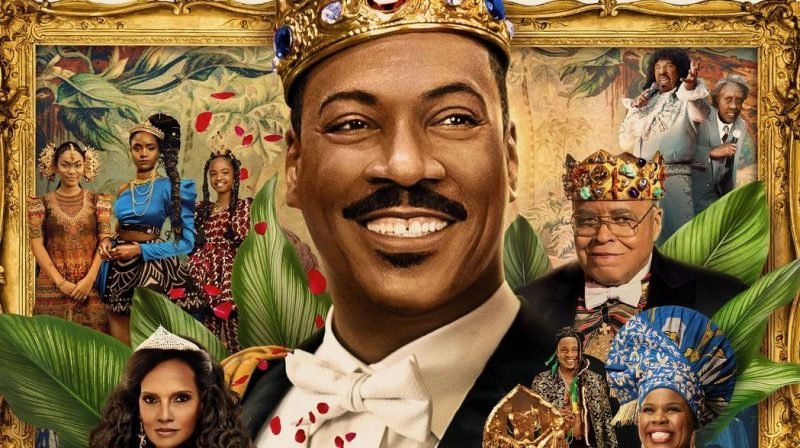
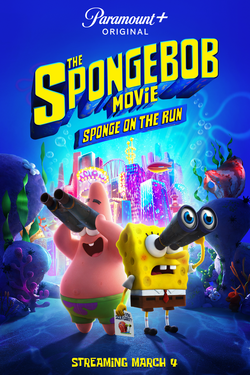
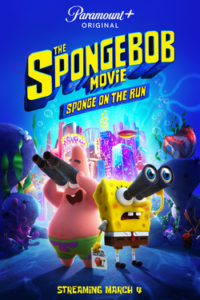
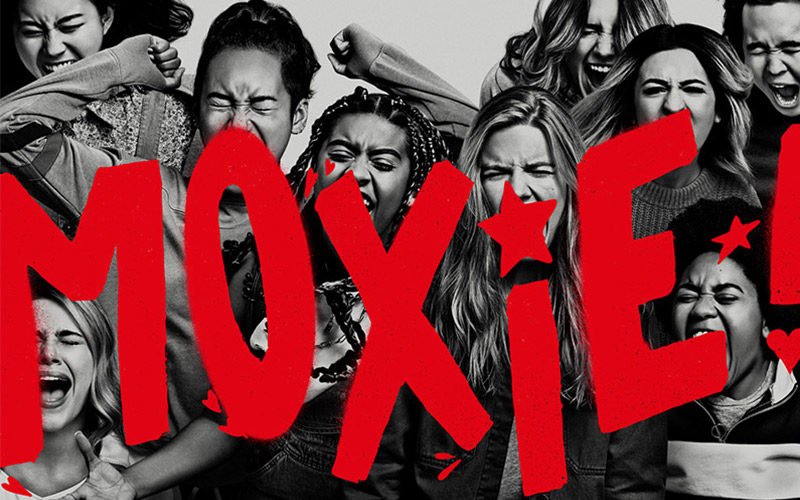


 “Raya and the Last Dragon” is a gorgeously animated fairy tale with thrilling action, irresistible characters, a heartwarming message, and Disney’s magic touch to lift the hearts of all ages. It has the scope and grandeur of a
“Raya and the Last Dragon” is a gorgeously animated fairy tale with thrilling action, irresistible characters, a heartwarming message, and Disney’s magic touch to lift the hearts of all ages. It has the scope and grandeur of a 